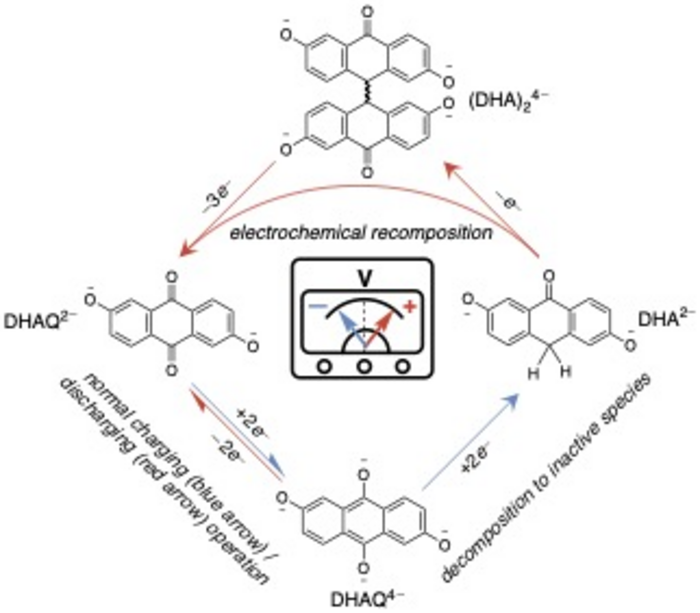
Credit: NANO
In the recent past ZnO has emerged as a promising alternative to Si and GaN in devices like light-emitting diodes (LEDs), photodetectors, and optically pumped lasers for the UV region1-3. ZnO has several special properties such as direct wide bandgap (~3.37eV)4, radiation resistance, high adsorption capacity, high exciton energy (~60meV)4, high mechanical and thermal stabilities, and transparency in the visible range of the electromagnetic radiation4-6. In recent times, one-dimensional (1-D) nanostructures of ZnO have attracted considerable attention of researchers, because of its unique properties (such as controllable shape and size)7-10. A variety of 1-D nanostructures of ZnO, such as nanostructures7, nanowires (NWs)8, nanorods (NRs)9, nanoparticles10, spirals11, nanoneedle12, and nanocombs13 can be grown by different synthesis techniques7-13. Among these 1-D nanostructures, NRs and NWs are the most popular and commonly used structures of ZnO, for different applications. The ZnO-NRs can be grown by a variety of techniques like sol-gel method14, atomic layer deposition (ALD)15, thermal evaporation16, electrodeposition17, spray pyrolysis18, hydrothermal9, and chemical vapor deposition19. Most of these growth techniques are complex and require high growth temperatures (600-1000°C)12, 16. The hydrothermal method has attracted considerable interest because of its simplicity and low-temperature processing9, 20-23. Different nanostructures of ZnO such as nanoflowers21, nano-crystals22, and nanopencils23 could be grown by hydrothermal techniques. In the past decade, a lot of work has been done on ZnO-NR-based devices like optically pumped lasers24, field effect transistors25, and biological and chemical sensors etc26. Among these, ZnO-NR-based UV detectors and optical switches have been the focus of wide studies 27, 28.
In recent times, many groups have reported the UV detection properties of ZnO thin films and ZnO nanostructures-based devices28-30. Li et al. reported Au/ZnO NR array-based UV photodetectors (UV-PDs) with good sensitivity (contrast ratio ~ 4.7)30. They have grown ZnO-NR arrays on F-doped SnO2 (FTO) substrates by hydrothermal synthesis. Humayun et al. reported a ZnO nanostructure decorated microgap electrodes UV sensor. They have compared the UV sensing properties of Au/Ti/ZnO thin film and Au/Ti/ZnO NR array deposited in selective areas of the microgap electrodes spacing31. They concluded that the fabricated devices could be used for low power miniaturized devices having rapid response and reproducibility31. Witkowski et al. have reported UV detector properties of ZnO-NRs grown on quartz substrates by the hydrothermal method. They have fabricated ohmic contacts of Ti/Au on ZnO-NRs and their detector showed a sensitivity of 20 mW/m2 upon UV illumination32. Zhou et al. reported Pt/ZnO-NR and Pt/modified ZnO-NR based Schottky UV detectors. They have used different seed layers and metal oxide (MgZnO, MgO, and Al-doped ZnO) modifying layer materials. They reported that the ZnO-NRs UV-PD, which was grown on MgZnO seed layer and without oxide material-coating, demonstrated bigger responsivity and a larger detectivity than PDs with a ZnO seed layer33. Liu et al. have reported UV detectors based on the vertically aligned ZnO micro/nanowires on graphene, which showed high responsivity of 1.62 A W?1 per volt34. Nie et al. have reported monolayer graphene (MLG) film/ZnO NR Schottky UV detectors with quick response of millisecond rise time/fall times35. Dang et al. have reported ZnO nanostructure/graphene (Gr) based UV detectors with high responsivity (RI ~ 3 × 105 A W?1)36.
Although there have been several works that reported on the UV-sensing properties using ZnO NRs, there are only a few reports on the UV-sensing of ZnO-NRs (grown by the hydrothermal-method) at a low-voltage.
The main focus of this work is to examine the UV-sensing characteristics of Ag/ZnO-NRs Schottky devices at forward applied bias over the range 0 V to 1 V.
The results show that these devices could be useful for cost-effective and low-voltage UV detection applications.
###
Additional co-authors of this paper include Dr. Shaivalini Singh, International Research Professor, Department of Electronic Engineering, Yeungnam University, Gyeongsan-si, Gyeongsangbuk-do South Korea and Professor S. Jit, Associate Professor, Department of Electronics Engineering, Indian Institute of Technology, BHU, Varanasi, India.
The corresponding author is Professor Si-Hyun Park, Department of Electronic Engineering, Yeungnam University, Gyeongsan-si, Gyeongsangbuk-do South Korea, [email protected].
This research (DOI) can be found in the NANO journal.
Media Contact
Chin Wanying
[email protected]
65-646-65775
@worldscientific
http://www.worldscientific.com
############
Story Source: Materials provided by Scienmag





